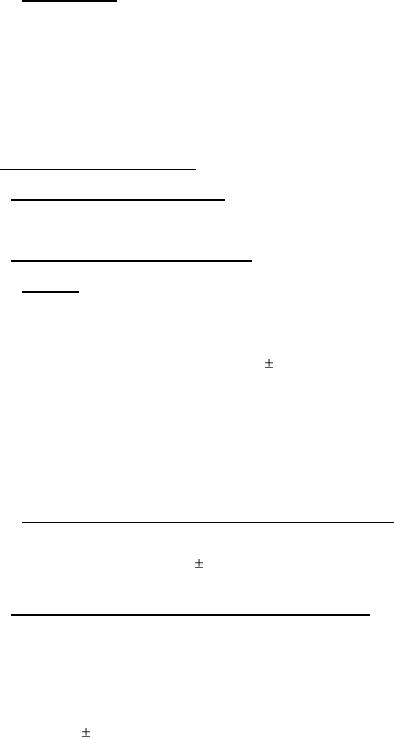 |
|||
|
Page Title:
Methods of examination and test |
|
||
| ||||||||||
|
|  MIL-C-11015E
4.6.2.4 Noncompliance. If a sample fails to pass group C inspection, the supplier shall take corrective action on
the materials or processes, or both, as warranted, and on all units of product which can be corrected and which were
manufactured under essentially the same conditions, with essentially the same materials, processes, etc, and which
are considered subject to the same failure. Acceptance of the product shall be discontinued until corrective action,
acceptable to the Government, has been taken. After the corrective action has been taken, group C inspection shall
be repeated on additional sample units (all inspections, or the inspection which the original sample failed, at the
option of the Government). Group A inspection may be re-instituted; however, final acceptance shall be withheld
until the group C re-inspection has shown that the corrective action was successful. In the event of failure after re-
inspection, information concerning the failure and corrective action taken shall be furnished to the cognizant
inspection activity and the qualifying activity.
4.7 Methods of examination and test.
4.7.1 Visual and mechanical examination. Capacitors shall be examined to verify that the materials, design,
construction, physical dimensions, marking, and workmanship are in accordance with the applicable requirements
(see 3.1, 3.3, 3.4, 3.20, and 3.23).
4.7.2 Dielectric withstanding voltage (see 3.5).
4.7.2.1 Dielectric. Capacitors shall be tested in accordance with method 301 of MIL-STD-202. The following
details and exceptions shall apply:
(a) Magnitude and nature of test voltage - As specified (see 3.1).
(b) Duration of application of test voltage - 5 1 second. The test voltage shall be raised from 0 to the
specified value within 1 second, maximum.
(c) Points of application of test voltage - Unless otherwise specified (see 3.1), between the capacitor-element
terminals.
(d) Limiting value of surge current - Shall be limited between 30 milliamperes (ma) and 50 milliamperes (ma).
(e) Examination after test - Capacitors shall be examined for evidence of damage and breakdown.
4.7.2.2 Body insulation (when applicable, see 3.1) (Qualification only). Unless otherwise specified (see 3.1),
capacitors shall be wrapped with conductive tape or foil not less than 0.065 inch and not more than 0.125 inch away
from the lead wires. A dc potential (see 3.1) shall be applied between the two leads connected together and the
conductive tape or foil for a period of 5 1 second. The circuit shall be so arranged that surge current will not exceed
50 mA. Following the test, capacitors shall be examined for evidence of damage and breakdown.
4.7.3 Barometric pressure (reduced) (Qualification only) (see 3.6). Capacitors shall be tested in accordance with
method 105 of MIL-STD-202. The following details and exceptions shall apply:
(a) Method of mounting - Securely fastened by their normal mounting means.
(b) Test conditions - As specified (see 3.1).
(c) Test during subjection to reduced pressure - A dc potential as specified (see 3.1) shall be applied for a
period of 5 1 second.
(d) Points of application of test voltage - Unless otherwise specified (see 3.1), between the capacitor-element
terminals.
(e) Surge current - Shall not exceed 50 ma.
(f)
Examination during and after test - Capacitors shall be visually monitored for evidence of flashover or
damage.
11
|
|
Privacy Statement - Press Release - Copyright Information. - Contact Us |